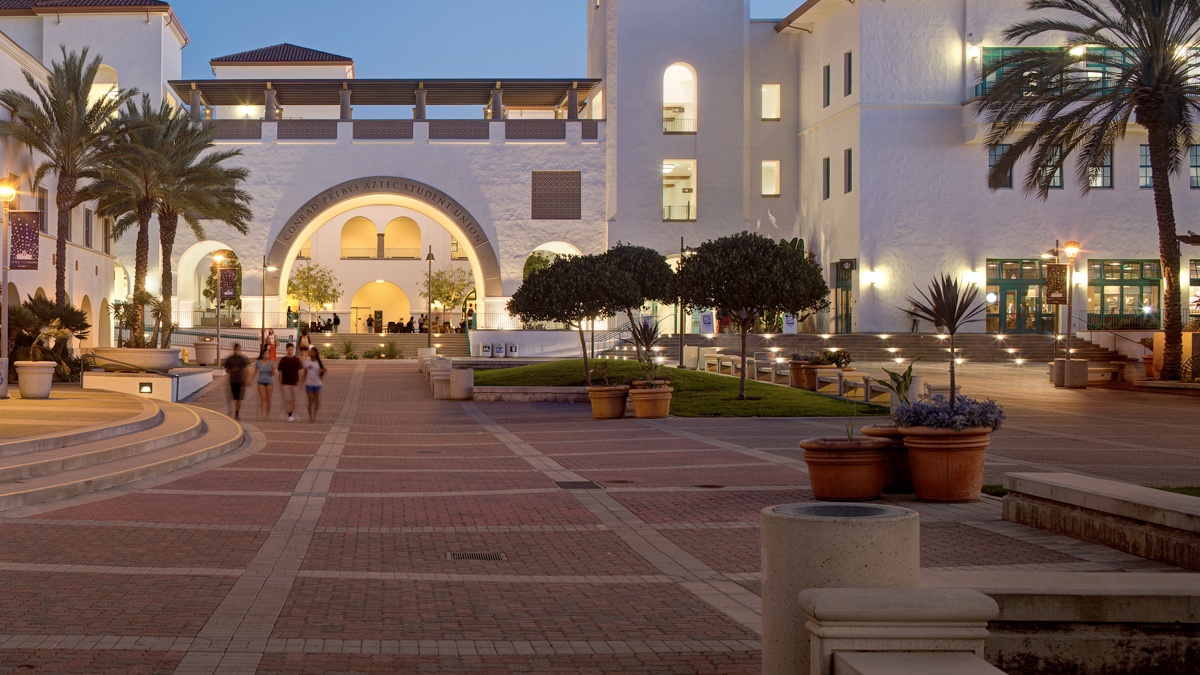Zoom: Fueling Change

SDSU researchers are exploring a novel way to combat climate change: methane-eating bacteria.
By Bryana Quintana
WITH GLOBAL TEMPERATURES CLIMBING, seas rising and natural disasters wreaking havoc worldwide, scientists are racing to find solutions. Biology professor Marina Kalyuzhnaya and her team of researchers are testing whether a tiny microbe can take on one of the three major greenhouse gases destabilizing Earth’s climate.

The bacterium Methylotuvimicrobium alcaliphilum20ZR thrives in some of the planet’s harshest environments and naturally feeds on methane. In Kalyuzhnaya’s lab, it’s studied under the microscope—seen here in these magnified images—as researchers analyze the traits that allow it to capture ambient methane. The team then equips other microbes with these abilities, creating a squad of methane-eaters designed to slash greenhouse gas emissions even in regions most battered by climate change.
The work doesn’t stop here. The researchers are also engineering microbes to convert captured methane into new fuels, chemicals and materials—pointing the way to cleaner ways of lighting cities, heating homes and powering cars.

SDSU’s new life sciences building, now under construction, will provide the space and technology to accelerate projects like this, strengthening SDSU’s role as a hub for life sciences innovation.

